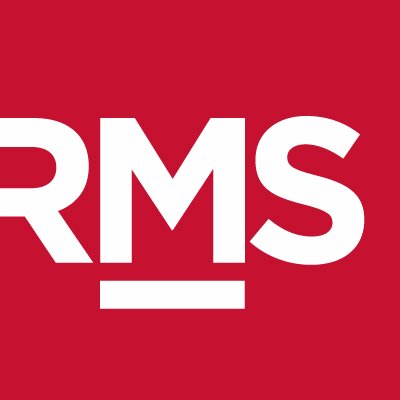Global catastrophe risk modeller RMS has announced that its modern data schema for the risk modelling community, the Risk Data Open Standard (RDOS), was made publicly available for download on January 31st, 2020.
 The firm’s RDOS was built specifically for the industry and represents the new, open standard for holding all types of risk data, including coverage, exposure, model settings, and also results of analysis.
The firm’s RDOS was built specifically for the industry and represents the new, open standard for holding all types of risk data, including coverage, exposure, model settings, and also results of analysis.
RMS notes that it differs from current risk data standards because it is designed for any type of model and any type of business, and contains a complete and detailed description of both exposure and analysis.
Furthermore, RDOS is backward compatible with numerous industry standards, such as the RMS Exposure Data Model and Results Data Model, and can also be extended to support other data standards and models.
“We’re in the business of risk and understand the nuances and challenges that it presents. The current leading data standard – the coin of the realm in the industry – is RMS’s proprietary EDM. However, legacy systems and decades-old technology, ours or other vendors, cannot leverage big data or support the high-gradient models required to understand new perils and emerging risks to gain a deeper understanding of risk within and across line,” said Karen White, RMS’ Chief Executive Officer (CEO).
The availability of RDOS to the public, which can be downloaded from the open source public repository, is a culmination of a multi-year development effort and eight-month industry review period, which was spearheaded by RMS. The idea was to provide the most robust risk data schema to the industry, and RMS is now releasing the first version of RDOS for open source development.
“A lack of data interoperability and loss of risk data inherent with today’s proprietary standards costs the industry billions of dollars a year. A new way of thinking and a more innovative, flexible and transparent approach will serve the industry well as it moves into the future. By introducing RDOS, we’re ushering in a new era of accessibility and collaboration. We would like to thank the RDOS Steering Committee for their guidance. Together, we’re helping the industry gain a more powerful understanding of these risks and helping to enable a new risk market to emerge,” said White.
Cihan Biyikoglu, Executive Vice President of Product at RMS, added: “Other vendor-led, open-source projects have proven that wider industry collaboration is possible.
“These approaches have created successful, thriving open source projects. For example, Google’s Kubernetes and Yahoo’s Apache Hadoop have thousands of contributors, many from competing companies. We are using a similar template and open approach to develop a shared standard for the insurance and financial services industries.”
According to RMS, RDOS offers the following benefits for the industry:
- Completeness – improving efficiency and reducing errors by providing an unambiguous, auditable, and complete view of analysis.
- Flexibility – supporting interoperability and new types of models with a data structure that can support a wide range of modeling algorithms and technologies.
- Extensibility – enabling risk modelers to add insight and value to lines of business beyond property in a single container.
- Technology choice – providing the ability to harness the power of advanced object-relational database technologies.
Ryan Ogaard, Senior Vice President of Model Product Management, RMS, added: “RDOS provides the most holistic view of risk. It can handle any type of model, any line of business, and any financial terms and conditions. Other formats rely only on SQL, which has inherent limitations. The RDOS is not locked into any specific technology and can be physically implemented in different manners.”
Anyone is now free to review, leverage and contribute to the RDOS via an Apache 2.0 licence, and RMS notes that further priorities and updates will be guided by a steering committee that is currently comprised of 15 companies from the world’s leading insurers and reinsurers.


